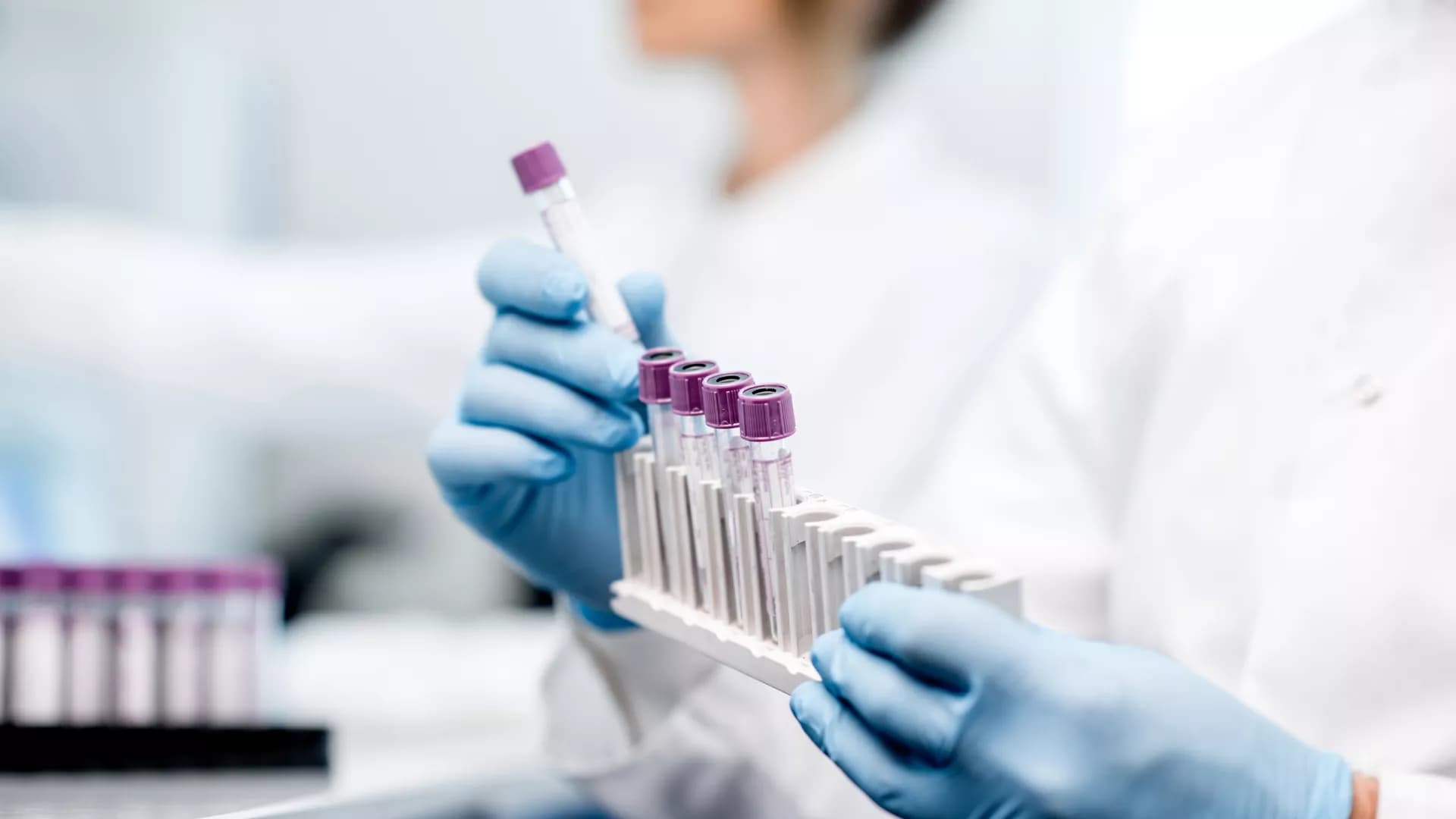Biofilm formation is a survival strategy for many microorganisms. Within biofilms, microorganisms live in multicellular communities enclosed in a protective matrix that enables them to survive harsh conditions and resist conventional treatments. The ability of biofilm-forming microorganisms to inhabit different biotic and abiotic surfaces facilitates their widespread existence in different environments including health care facilities, water systems, ships, and even living hosts. Hence, this microbial phenotype became a major concern in various sectors including public health, medicine, and industry.
The challenge imparted by the detrimental effects of biofilms has sparked the interest of many researchers in tackling this problem. Biofilms are not simply a collection of microorganisms but can be considered as new materials. Current research efforts have focused on understanding the mechanisms of biofilm formation and factors affecting their structures, as well as innovative approaches for combating biofilms and achieving rapid biofilm detection.
Prevention and proper management of biofilms necessitates a deep understanding of the mechanisms of their formation and the factors affecting their development. It is established that biofilm formation undergoes multiple stages from initial surface adhesion to maturation and dispersion. However, how bacteria trigger, regulate and modulate each stage is not yet well understood. Additionally, early detection of biofilms facilitates early intervention and, consequently, reduction in the economic loss and clinical burden. However, detection of cells within biofilms is particularly challenging and innovative sensing, tracking and diagnostic technologies are needed. Clinically, biofilm formation is a key aspect of antibiotic resistance. Biofilms are not merely protective barriers against antibiotics and the host immune system, but also harbour non-growing “persister” bacteria that survive antibiotics by virtue of their dormancy. It is established that both persisters and biofilms are implicated in chronic infections. However, the triggering factors of their formation are not fully understood. Viable but non culturable (VBNC) cells is another group of non-growing bacteria that can inhabit biofilms and remain dormant for extended periods. The trigger for their formation and revival as well as clinical relevance is unclear.
The clinical, economical and industrial importance of biofilms mandates exerting more effort for understanding their underlying mechanisms and developing new strategies for prevention, detection, management, and eradication.
This Research Topic focuses on studies (including e.g. Original Research, Mini-Reviews, Reviews) that investigate and discuss:
- Mechanisms of biofilm formation and factors affecting their development;
- Innovative approaches for prevention, control and management of biofilms;
- Innovative approaches for detection of biofilms and biofilm-containing cells;
- Innovative approaches for combatting biofilms and biofilm-related infections;
- Persister, VBNC and tolerant cells: mechanisms, physiology, evolution and relation to biofilms;
- Biofilm-related infections (e.g. oral infections, urinary tract infections, wounds, etc..);
- Genetic and metabolomic dynamics of biofilms.
Biofilm formation is a survival strategy for many microorganisms. Within biofilms, microorganisms live in multicellular communities enclosed in a protective matrix that enables them to survive harsh conditions and resist conventional treatments. The ability of biofilm-forming microorganisms to inhabit different biotic and abiotic surfaces facilitates their widespread existence in different environments including health care facilities, water systems, ships, and even living hosts. Hence, this microbial phenotype became a major concern in various sectors including public health, medicine, and industry.
The challenge imparted by the detrimental effects of biofilms has sparked the interest of many researchers in tackling this problem. Biofilms are not simply a collection of microorganisms but can be considered as new materials. Current research efforts have focused on understanding the mechanisms of biofilm formation and factors affecting their structures, as well as innovative approaches for combating biofilms and achieving rapid biofilm detection.
Prevention and proper management of biofilms necessitates a deep understanding of the mechanisms of their formation and the factors affecting their development. It is established that biofilm formation undergoes multiple stages from initial surface adhesion to maturation and dispersion. However, how bacteria trigger, regulate and modulate each stage is not yet well understood. Additionally, early detection of biofilms facilitates early intervention and, consequently, reduction in the economic loss and clinical burden. However, detection of cells within biofilms is particularly challenging and innovative sensing, tracking and diagnostic technologies are needed. Clinically, biofilm formation is a key aspect of antibiotic resistance. Biofilms are not merely protective barriers against antibiotics and the host immune system, but also harbour non-growing “persister” bacteria that survive antibiotics by virtue of their dormancy. It is established that both persisters and biofilms are implicated in chronic infections. However, the triggering factors of their formation are not fully understood. Viable but non culturable (VBNC) cells is another group of non-growing bacteria that can inhabit biofilms and remain dormant for extended periods. The trigger for their formation and revival as well as clinical relevance is unclear.
The clinical, economical and industrial importance of biofilms mandates exerting more effort for understanding their underlying mechanisms and developing new strategies for prevention, detection, management, and eradication.
This Research Topic focuses on studies (including e.g. Original Research, Mini-Reviews, Reviews) that investigate and discuss:
- Mechanisms of biofilm formation and factors affecting their development;
- Innovative approaches for prevention, control and management of biofilms;
- Innovative approaches for detection of biofilms and biofilm-containing cells;
- Innovative approaches for combatting biofilms and biofilm-related infections;
- Persister, VBNC and tolerant cells: mechanisms, physiology, evolution and relation to biofilms;
- Biofilm-related infections (e.g. oral infections, urinary tract infections, wounds, etc..);
- Genetic and metabolomic dynamics of biofilms.
